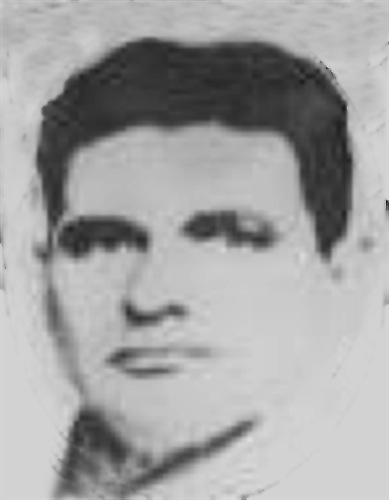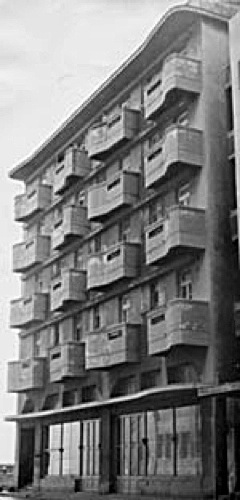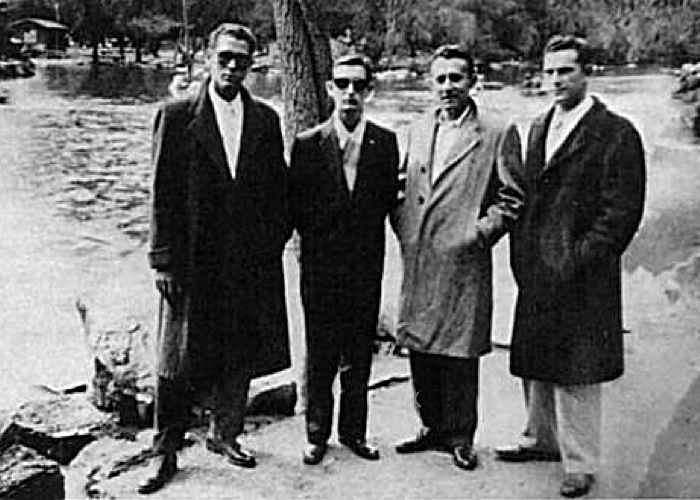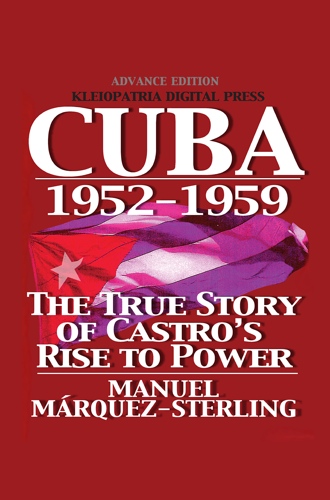May 28, 1957
Feeling overshadowed by the Presidential Palace attack and the Bicameral Commission, Castro solicited US TV coverage.
Herbert Matthews put Mario Llerena (M-26-7 US public relations agent) in touch with CBS, which was eager for a Fidel interview. CBS producer Robert Taber with cameraman Wendell Hoffman journeyed to the Sierra on 23 April to film the documentary Rebels of the Sierra Maestra: The Story of Cuba's Jungle Fighters. Taber's film included interviews with three American runaways: Charles E. Ryan (19), Victor J. Buehlman (17), and Michael L. Garvey (15). Taber's footage was edited by Don Hewitt (later the creator of 60 Minutes). The half hour program was broadcast in the US on 19 May, repeating and strongly reinforcing the fallacious representations in Matthews’ coverage. In Taber's interview Castro denied any Communist relationship or associations.
Material from the interview with photographs also appeared in LIFE magazine. On May 27, LIFE published an illustrated article about Fidel and his anti-Batista movement, and a much longer Spanish version for Latin America appeared two days later in LIFE en Español. Some of these photos are now available in the LIFE Archives.
On 28 May, Bohemia, without any interference from the Batista government, published the print version of the interview and its pictures. Bohemia had to be reprint this issue twice, selling about four hundred thousand copies of the issue. About a million Cubans read this interview, almost 20% of the population.
In 1961 Taber dropped all pretense of objectivity, joining M-26-7 and writing an adulatory book about it, M-26: Biography of a revolution. As Time reported, Taber figured prominently in Communist Cuba's barrage of propaganda broadcasts at the start of Castro's regime. Taber also founded the Fair Play for Cuba Committee (FPFCC), characterized on the record of 1961 US Senate hearings about it as serving to glorify the Castro government and acting as its publicity agent. The Fair Play for Cuba Committee is best known through its infamous member Lee Harvey Oswald.
 |  |
| Robert Taber interviews American rebel recruits, 1957 (photo from Latin American Studies collection) | Robert Taber interviews Fidel Castro (L), 1957 (photo from Latin American Studies collection) |
based on Manuel Márquez-Sterling's Cuba 1952-1959 and
Cuba 1952-1959 Interactive Timeline
Cuba 1952-1959 Interactive Timeline








 Mobile subscription
Mobile subscription


